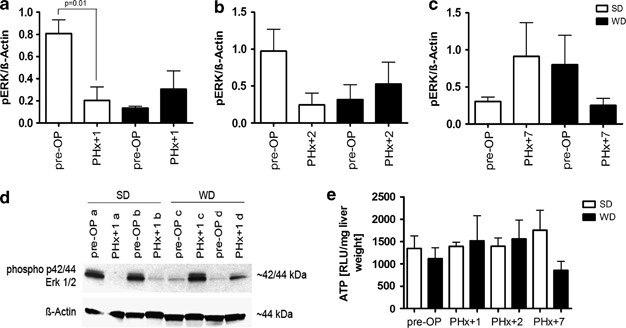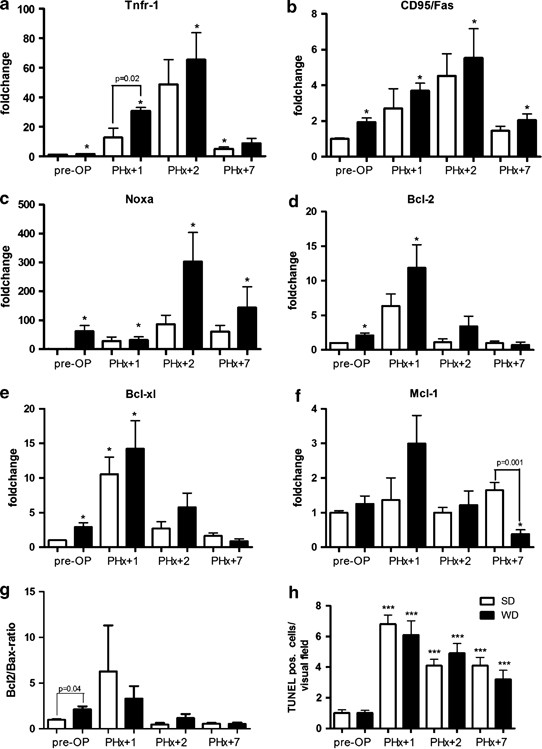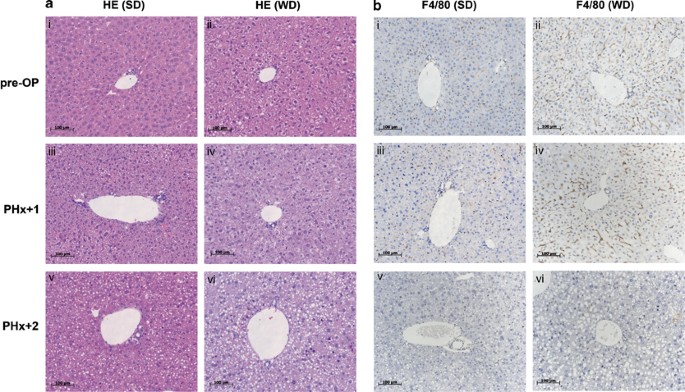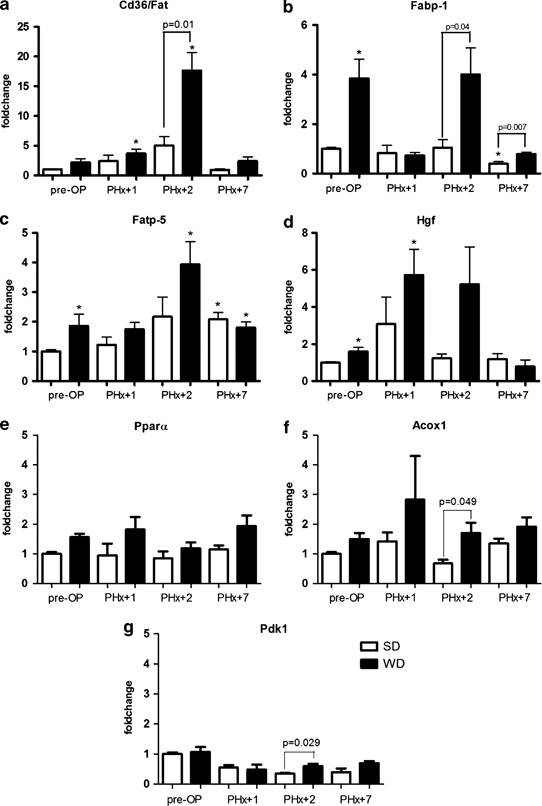
IL-6 cytoprotection in hyperoxic acute lung injury occurs via PI3K/Akt-mediated Bax phosphorylation. - Abstract - Europe PMC
Sustained Phosphorylation of Bid Is a Marker for Resistance to Fas-Induced Apoptosis During Chronic Liver Diseases

Inhibition of GSK3 differentially modulates NF-κB, CREB, AP-1 and β-catenin signaling in hepatocytes, but fails to promote TNF-α-induced apoptosis - ScienceDirect

Inhibition of GSK3 differentially modulates NF-κB, CREB, AP-1 and β-catenin signaling in hepatocytes, but fails to promote TNF-α-induced apoptosis - ScienceDirect

Bile Acid Regulation of C/EBPβ, CREB, and c-Jun Function, via the Extracellular Signal-Regulated Kinase and c-Jun NH2-Terminal Kinase Pathways, Modulates the Apoptotic Response of Hepatocytes | Molecular and Cellular Biology

Bile Acid Regulation of C/EBPβ, CREB, and c-Jun Function, via the Extracellular Signal-Regulated Kinase and c-Jun NH2-Terminal Kinase Pathways, Modulates the Apoptotic Response of Hepatocytes | Molecular and Cellular Biology

The Scranton Journal Fall 1988 - University of Scranton PR Publications and Press Releases - The University of Scranton Digital Collections

Inhibition of GSK3 differentially modulates NF-κB, CREB, AP-1 and β-catenin signaling in hepatocytes, but fails to promote TNF-α-induced apoptosis - ScienceDirect

Bile Acid Regulation of C/EBPβ, CREB, and c-Jun Function, via the Extracellular Signal-Regulated Kinase and c-Jun NH2-Terminal Kinase Pathways, Modulates the Apoptotic Response of Hepatocytes | Molecular and Cellular Biology

Deficiency of G-protein-coupled bile acid receptor Gpbar1 (TGR5) enhances chemically induced liver carcinogenesis. - Abstract - Europe PMC
Sustained Phosphorylation of Bid Is a Marker for Resistance to Fas-Induced Apoptosis During Chronic Liver Diseases











